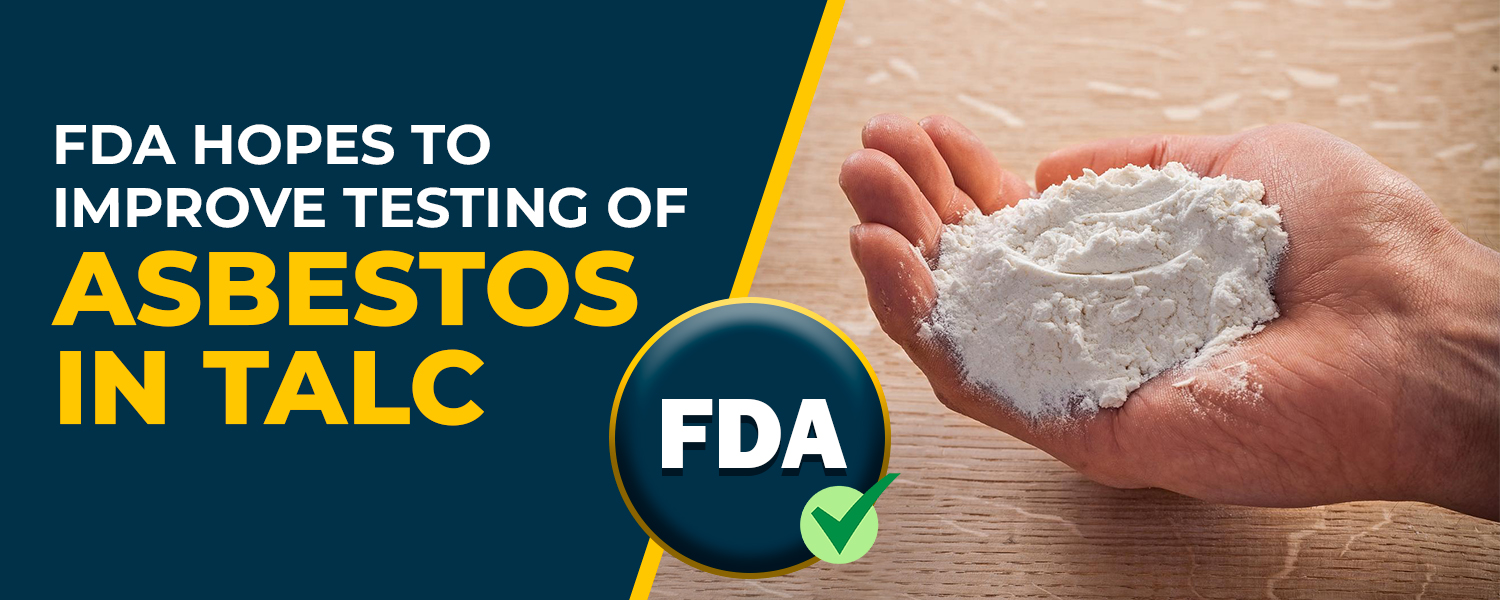Weekly Mass Torts Bulletin 2024-January-06
IVC Filter Lawsuits Reveal Gaps in FDA Oversight

Unsealed court documents from lawsuits over inferior vena cava (IVC) filters highlight significant gaps in the information available about the safety of medical devices.
Miscommunication between the manufacturers, regulators, physician and public
These gaps underscore discrepancies between what manufacturers and regulators know and what is communicated to physicians and the public. The litigation involving the Celect IVC filter, produced by Cook Medical, provides a detailed account of these deficiencies.
What did the research state?
In an article published in Annals of Internal Medicine, a Harvard Medical School researcher and colleagues emphasized that patients and physicians should not have to rely on legal cases to access critical safety data necessary for informed decision-making. The researcher noted, “The fact that there were risks associated with this device does not necessarily mean the device is a bad device. The story we’re trying to tell is that all medical devices offer both benefits and risks, but you can’t make an informed decision about whether the benefits outweigh the risks if you don’t have complete data about the risks.”
What does the unsealed record contain?
A closer examination of unsealed records for the Celect IVC filter revealed numerous issues, including safety concerns identified during animal testing, problems with data quality, and a failure to conduct additional testing or make design modifications between the initial denial of FDA authorization and a subsequent resubmission. Furthermore, the U.S. Food and Drug Administration (FDA) did not require a postmarket study of the device, despite its known risks.
Issues with the device
“This is a cautionary tale for medical device safety and regulation,” the researcher stated. The FDA approves thousands of devices annually, yet much of this process remains opaque, raising questions about potential undisclosed issues. The Celect device, never withdrawn from the market, has been the focus of over 7,500 lawsuits related to injuries and wrongful deaths attributed to IVC filter complications. Reported issues include deep vein thrombosis, device migration, perforation, filter fracture, IVC occlusion, and pulmonary embolism.
FDA safety communications in 2010 and 2014
FDA safety communications in 2010 and 2014 linked some adverse events to the duration the devices remained in place. A more recent study, SAFE-IVC, conducted with the FDA, revealed that only 15% of patients had their filters removed despite recommendations to extract them as soon as feasible. The unsealed documents show complications in both animal and human testing that were not fully disclosed. For instance, FDA reviewers identified a 15% perforation rate in the initial device rejection, contradicting the company’s assertion that no perforation evidence existed in animal studies. Furthermore, the manufacturer used a definition of perforation that diverged from standard definitions by medical societies like the Society of Interventional Radiology and the American College of Radiology.
FDA summary
The FDA summary for an expanded indication of the Celect IVC filter reported a 95% retrieval success rate with no adverse events. However, the court documents revealed issues with study design, conduct, and analysis, including two device-related deaths in the 2009 study, which was conducted outside the U.S. without a control group. These deaths were not mentioned in the FDA’s public summary. Additional shortcomings included the absence of core laboratory verification for imaging data, no autopsies for patients with suspected complications, and deviations from FDA-recommended testing protocols.
What do the researchers suggest?
To address these systemic issues, the researchers suggest revising FDA summary structures to include standardized, comprehensive information about a device’s regulatory history and development. This would ensure full disclosure of any deviations from regulatory guidelines during premarket testing. They also advocate for expanded postmarket surveillance requirements to enforce timely study conduct and ensure thorough reporting at regular intervals.
These recommendations aim to increase transparency in the medical device approval process, enabling patients and physicians to make more informed decisions and improving overall device safety.
3M’s $6B Earplug Settlement Payments Expected by Spring 2025

Approximately 93% of claimants from the 2023 3M earplug settlement are expected to receive their base settlement awards by spring 2025, according to one of the law firms involved in the case.
The settlement
In August 2023, 3M agreed to a $6.01 billion settlement with U.S. service members and veterans. Aearo Technologies, acquired by 3M in 2008, exclusively supplied Combat Arms Earplugs (Version 2) to various branches of the U.S. military. These earplugs were designed to protect against hearing loss caused by gunfire, explosions, and other loud sounds.
What did the attorneys for the plaintiffs claim?
However, a law firm representing plaintiffs stated that the earplugs were too short to fit properly, loosening during use and failing to shield users from harmful noise. “The company assured the government the earbuds met the required 22 NPR standard, but the noise-canceling side tested at an average of -2 NPR, amplifying sound instead,” the firm claimed on its website.
Whistleblower lawsuit
According to a whistleblower lawsuit, 3M and Aearo were aware of the defects as early as 2000. Other law firms argue that the defective earplugs, distributed between 2003 and 2015, caused significant hearing damage to service members.
3M denies liability
3M denies liability, despite the allegations. During the litigation, Aearo filed for bankruptcy, briefly stalling settlement negotiations. The company has faced numerous other lawsuits related to product liability and environmental contamination.
The settlement represents a significant resolution in one of the largest product liability cases involving military equipment.
FDA Proposes Standardized Asbestos Testing for Talc Cosmetics

Amid growing concerns over asbestos exposure through cosmetic products, federal regulators have introduced a proposed rule to mandate standardized testing for asbestos in all talcum powder-based cosmetics.
FDA's proposal aims to protect consumers from asbestos exposure
The U.S. Food and Drug Administration (FDA) announced the proposal on December 26, aiming to protect consumers from unnecessary asbestos exposure.
Asbestos exposure linked to severe health issues resulting in thousands of lawsuits
Asbestos exposure has long been linked to severe health risks, including lung cancer, asbestosis, and mesothelioma. While first-world nations banned asbestos decades ago, the United States only recently implemented a complete ban. However, some asbestos contamination persists in unexpected places, such as talcum powder cosmetic products. This contamination has led to tens of thousands of talcum powder cancer lawsuits in recent years.
J&J's role
Johnson & Johnson, a prominent manufacturer of talc-based products, has faced Baby Powder and Shower-to-Shower lawsuits for nearly a decade. Juries have awarded significant damages, finding the company knew or should have known about the risks associated with using talcum powder near the genitals. Despite the risks, Johnson & Johnson continued promoting these products for adult women without adequate warnings.
FDA announces new methods to test the products
The FDA’s newly proposed rule would require talc-containing cosmetics to undergo rigorous testing for asbestos using methods like Polarized Light Microscopy (PLM) and Transmission Electron Microscopy (TEM), which include Energy Dispersive Spectroscopy (EDS) and Selected Area Electron Diffraction (SAED). These techniques are considered the most accurate for detecting asbestos. The rule would also mandate manufacturers to maintain compliance records.
Under the proposed regulation, any talc-based product that fails to meet testing standards would be classified as adulterated, making it illegal to sell. According to the FDA, these measures aim to strengthen consumer safety and ensure that talc-containing products are free from contamination.
What did the FDA's Office of Cosmetics and Colors say?
“For years, the FDA has been testing talc-containing cosmetics for asbestos and collaborating with federal partners to reduce risks,” said the director of the FDA’s Office of Cosmetics and Colors. “We believe these proposed testing methods are effective in detecting asbestos and ensuring product safety.”
FDA opened a public comment period
The FDA has opened a public comment period on the proposed rule, allowing feedback for 90 days after its publication in the Federal Register.
This regulatory move comes as Johnson & Johnson attempts to address ongoing talcum powder cancer litigation through controversial bankruptcy strategies. The company has faced tens of thousands of lawsuits alleging it failed to warn consumers about the risks of asbestos-contaminated talcum powder.
J&J's bankruptcy move
In an $8 billion settlement offer earlier this year, Johnson & Johnson established a new subsidiary, Red River Talc LLC, transferring all talcum powder-related liabilities to this entity. Red River Talc then filed for Chapter 11 bankruptcy protection in the Southern District of Texas. This strategy, known as the “Texas Two-Step,” has allowed Johnson & Johnson to temporarily delay further litigation.
This marks the company’s third attempt to use bankruptcy to resolve talcum powder lawsuits, following two previous filings that were dismissed. Critics, including the U.S. Department of Justice, argue that this latest move was made in bad faith and represents an abuse of the bankruptcy system.
Consolidated hearing on January 27
The case has been assigned to a U.S. Bankruptcy Judge in Texas, who will hold a consolidated hearing on January 27. During this hearing, objections to the bankruptcy plan will be reviewed, including allegations that the company’s reported support from 75% of claimants is not legitimate.
The proposed asbestos testing rule, coupled with the ongoing litigation against Johnson & Johnson, highlights the need for stricter oversight in the cosmetics industry and greater accountability for manufacturers. The FDA’s actions aim to protect consumers from preventable risks and ensure the safety of products on the market.
Neural IT specializes in drafting compelling demand letters to secure swift compensation and hold negligent manufacturers accountable. Contact us today to take the first step toward justice and ensure your clients' rights are protected.

